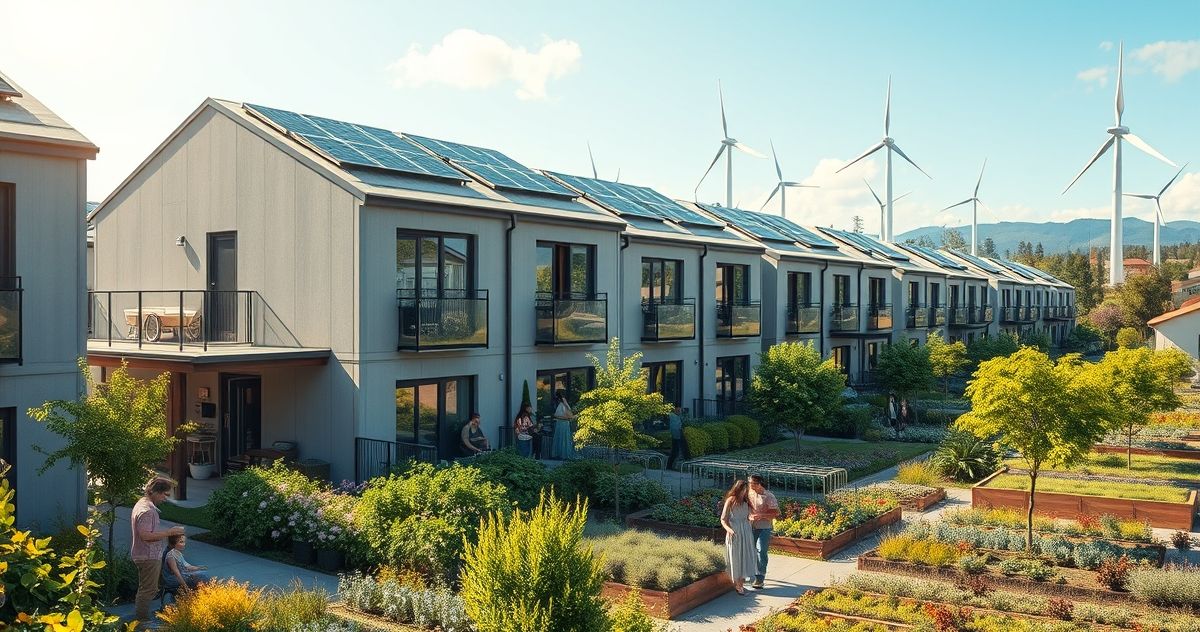The Low-Income Housing Weatherization Credit: A Comprehensive Guide
The Low-Income Housing Weatherization Credit is a critical financial incentive designed to encourage property owners to enhance the energy efficiency of low-income housing. This initiative not only aims to reduce overall energy consumption but also serves as a means to lower energy costs for tenants living in these housing units. Here, we delve into its fundamental aspects, from purposes and key features to compliance requirements and the significance of this tax credit in broader tax resolution and financial compliance.
What is the Low-Income Housing Weatherization Credit?
Introduced as part of various energy efficiency and sustainable housing initiatives, the Low-Income Housing Weatherization Credit provides a tax incentive for property owners and developers who undertake energy-saving improvements in low-income properties. This tax credit is a strategic component of sustainable development efforts nationally, and it is targeted at helping reduce the energy burden on economically disadvantaged families by promoting upgrades that lower energy usage and improve living conditions.
Primary Purpose
The primary objective of the Low-Income Housing Weatherization Credit is to create an economically and environmentally efficient living space for low-income individuals and families. By providing financial incentives, the credit encourages the adoption of modern energy technology and methods that significantly reduce energy bills and consumption. Specifically, it also strives to alleviate energy poverty, improve public health, and minimize environmental impacts associated with high energy demands.
Key Features or Components
Key features of the Low-Income Housing Weatherization Credit include:
- Eligibility Criteria: Property must be classified as low-income housing, verified through income ceilings or other qualifying metrics set by state or federal guidelines.
- Energy Efficiency Specifications: The improvements must meet specific standards, often referenced or developed by the Department of Energy (DOE) or similar agencies, ensuring that upgrades contribute to significant energy conservation.
- Types of Eligible Improvements: Includes a broad scope ranging from insulation and HVAC system upgrades to the installation of renewable energy systems like solar panels and efficient lighting.
- Percentage of Credit: Provides a percentage reduction (usually a substantial portion) of the costs incurred during weatherization projects, directly reducing the tax liability of the entity.
- Stackable Benefits: In some jurisdictions, this credit may be coupled with other incentives, such as state-specific energy efficiency rebates or the federal energy investment tax credit.
Filing and Compliance Requirements
To claim the Low-Income Housing Weatherization Credit, the filing process typically requires:
- Documentation: Maintain detailed records of work done, including invoices, contracts, and proof of compliance with energy efficiency standards.
- Certification: Ensure that all work is certified by relevant agencies or authorities, and adhere to any required state or federal inspections.
- Tax Forms: Utilize specific tax forms available for claiming energy credits, aligning with end-of-year tax return submissions.
- Deadline Adherence: Keep track of compliance deadlines for submission, as missing these can result in losing credit eligibility for that particular tax year.
Penalties or Consequences for Non-Compliance
While participation in the Low-Income Housing Weatherization Credit program is voluntary, non-compliance can incur notable penalties:
- Forfeiture of Credits: Failure to meet the compliance or documentation requirements may result in denied credit claims, directly impacting tax refund or liability amounts.
- Additional Taxes and Fines: In cases where credit was improperly claimed, back taxes along with substantial penalties and interest could be levied.
- Legal Repercussions: Persistent non-compliance could lead to broader legal issues, especially if repeated violations imply fraudulent intent.
Importance and Significance
The significance of the Low-Income Housing Weatherization Credit extends to several areas:
- Economic Relief to Families: By reducing energy expenses, this credit plays a pivotal role in improving financial stability for low-income households.
- Environmental Impact: Encouraging energy efficiency translates to reduced carbon footprints and less reliance on fossil fuels, aiding in broader climate change efforts.
- Social Welfare Improvement: Enhanced living conditions contribute to better health outcomes and improved quality of life for tenants.
- Stimulating Industry Growth: Creates demand for weatherization services and products, potentially generating new jobs and spurring economic growth within this sector.
- Contributing to Tax Strategy: Property owners can utilize these credits as part of a comprehensive tax strategy, optimizing their financial planning and reducing overall tax burdens.
In conclusion, the Low-Income Housing Weatherization Credit serves as a multifaceted tool in the realm of tax incentives by promoting energy efficiency, supporting sustainable housing initiatives, and providing critical economic relief to those in need. For property developers and owners, understanding and leveraging this credit can significantly enhance project feasibility, contribute to sustainable development, and achieve meaningful economic impact.

